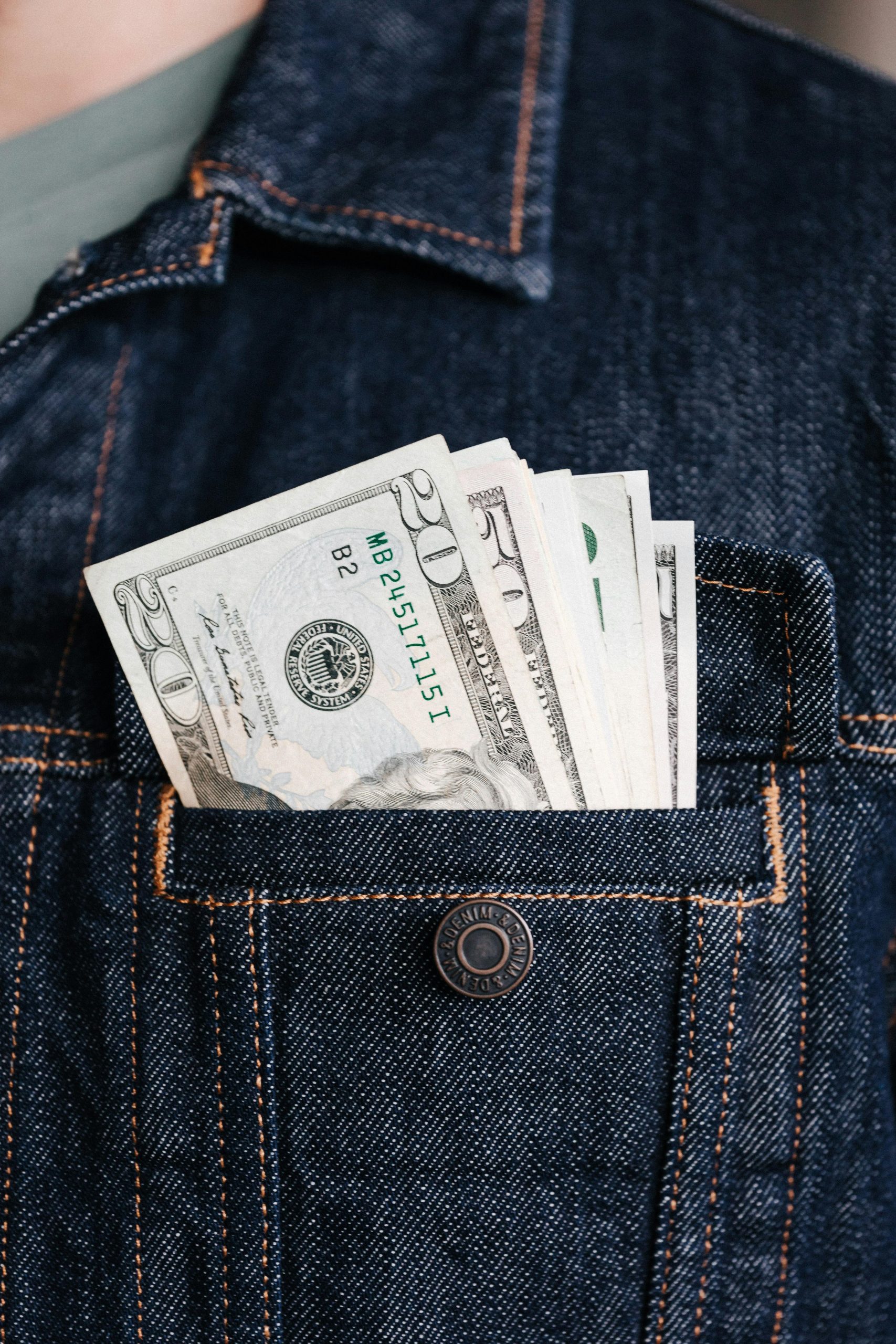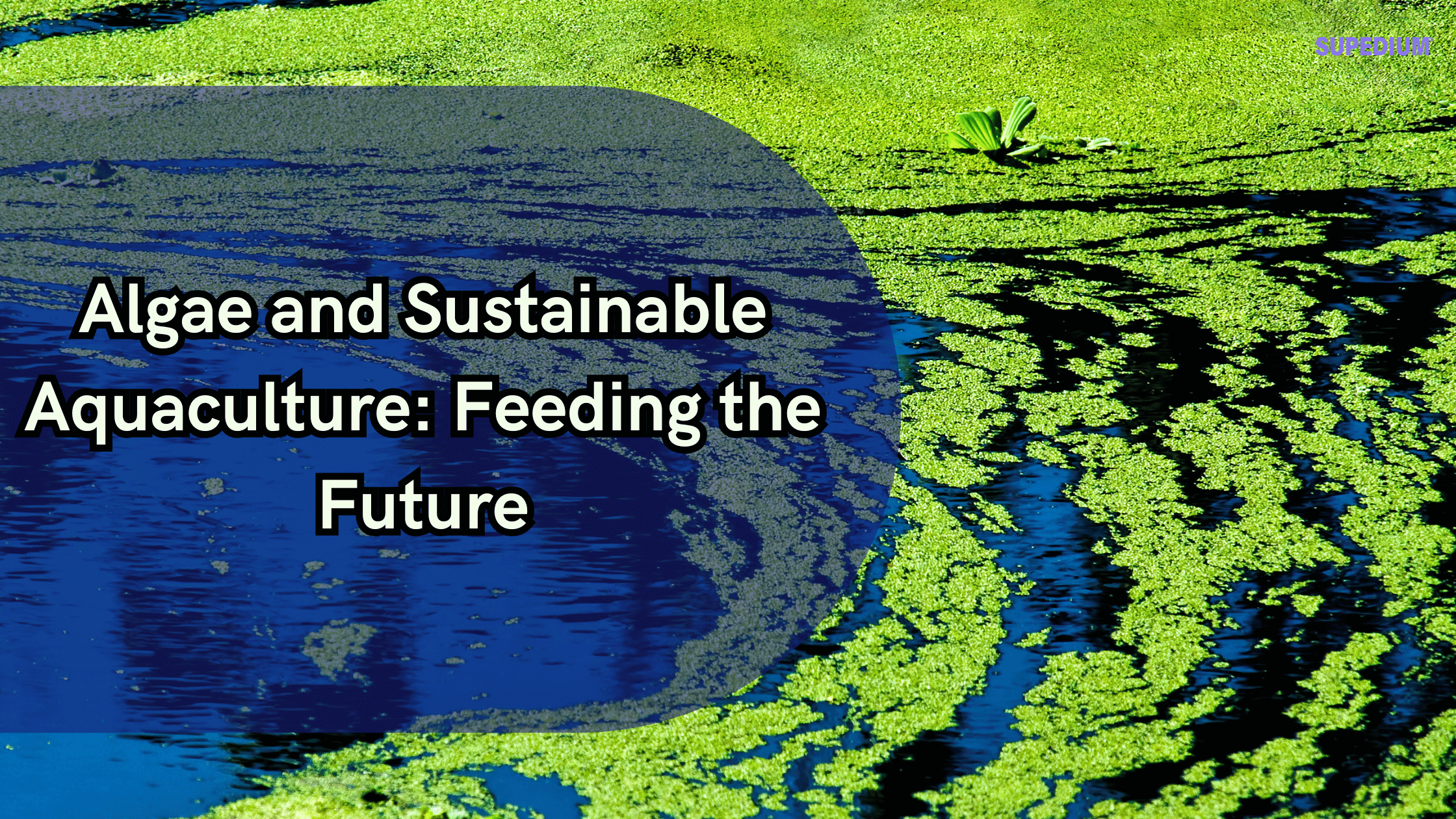![]()
There are some household objects which we tend to\stake for granted that are potentially quite detrimental to your dog’s health. It is especially important to be aware of this since, as you may know, dogs are scavengers that will eat whatever they can get their fangs into. My dog is more akin to a mobile waste disposal, in my opinion. It is also critical to be mindful of these items because their sense of smell is so developed that your dog will be able to detect what you believe is well hidden.
Chocolate, it turns out, is one of these deadly home goods. While chocolate has lately been shown to be high in antioxidants that are beneficial to humans, it appears to be potentially dangerous for our pets, particularly dogs. Cats are generally unaffected since they dislike the flavour of chocolate, while dogs are passionate with it. Certain breeds of dogs react indifferently to\schocolate. The root of the problem is that chocolate contains a class of chemicals known as methylxanthine alkaloids (some types contain more of these chemicals than others).
Unfortunately, even trace levels of these substances can cause major complications such as artery constriction and elevated heart rate. A pound of milk chocolate might potentially kill a sixteen-pound dog if consumed in large quantities.
If you discover that your dog has eaten chocolate, make a note of the sort and try to estimate the amount consumed. Then contact a veterinarian or an emergency facility. Make sure your kids understand how crucial it is to keep chocolate out of your dog’s reach.
The repercussions could be catastrophic if you are unaware that your dog has consumed chocolate. According to veterinarian Dr. Jane Bicks, if consumption is not discovered within 4 to 6 hours and the appropriate therapy is not provided, heart failure, seizures, coma, and death may occur.
Aside from seemingly harmless chocolate, there are a number of other common home things that may appear safe for our dogs but can be really deadly.
Some mushrooms, for example, have been linked to gastrointestinal pain, liver and kidney damage, and anaemia. So, when you’re out walking your dog in the woods, keep an eye out for wild mushrooms. Garlic may appear to be harmless, but it can cause vomiting, liver damage, anaemia, and diarrhoea, so do not feed your pet baby food if it contains garlic.
Anti-freeze can cause kidney failure in your dog, and they enjoy the taste. Miscletoe has been linked to vomiting, abdominal pain, and sadness.
Onions can harm the liver, cause anaemia, and cause diarrhoea. Onion can also be seen in infant food from time to time. Cats are really more sensitive to this one, so keep both out of reach.
Coffee, like cocoa, is particularly hazardous, causing a rise in heart rate, diarrhoea, convulsions, coma, and death. Caffeine does not have the same effect on dogs as it does on humans.
When you’re outside, keep an eye out for apple and cherry trees. The fruit is healthy to eat, but the leaves and roots are not.
Also, be cautious of Moth Balls. Its main ingredient, naphthalene, is particularly poisonous to dogs and can cause tremors and convulsions.
According to Dr. Jane, you should examine for dyes and other chemicals in dog food. For example, BHA, which is one of the main synthetic antioxidant preservatives used to prevent food discolouration, has been shown to cause cancer in laboratory rats at certain dosages. Small amounts are still unknown, however because dog food is consumed on a daily basis, prudence is suggested.
Many standard dog food brands contain high levels of sodium to make them more appealing, which can be hazardous to a dog.
Dairy, by-products, chemical preservatives, and artificial colours are also items to avoid.





Be the first to comment